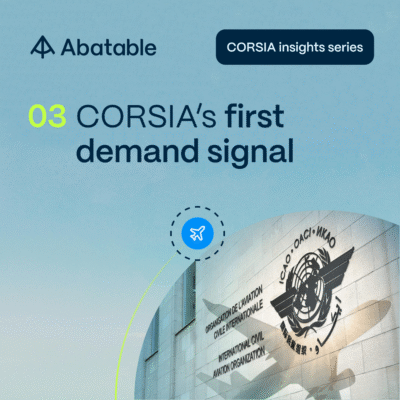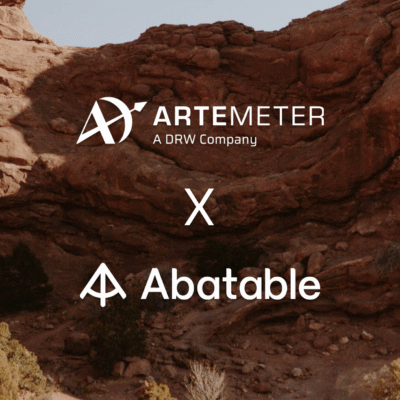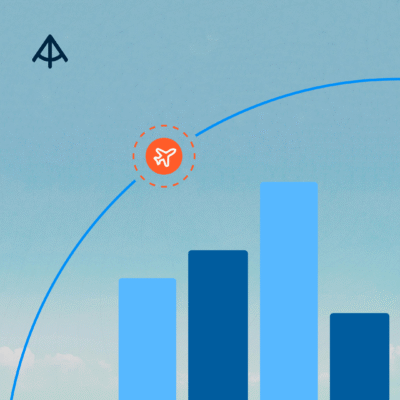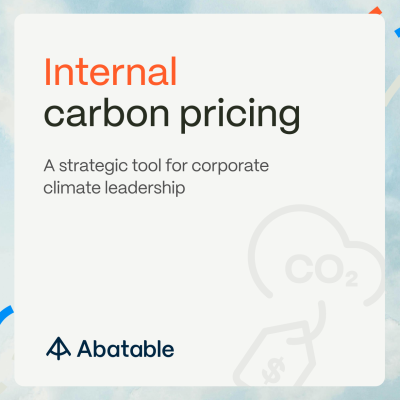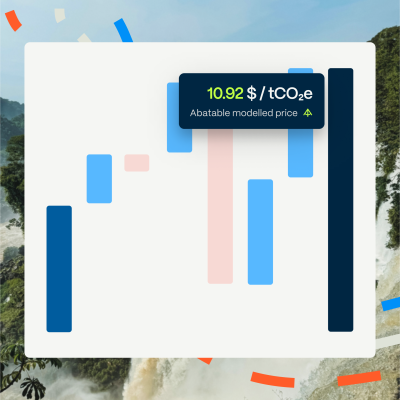This year has seen the voluntary carbon market (VCM) face significant challenges.
The global macroeconomic environment, ongoing struggles to define “quality” carbon credits, regulatory uncertainties and allegations of greenwashing have all had a pronounced impact.
This has resulted in a cooling effect – VCM activity has slowed and prices have fallen.
Broader issues
Recent problems aside, the lack of price transparency has long been an issue in the VCM.
Price opaqueness creates both uncertainty for buyers and hesitancy among investors, thus hindering VCM growth. While other markets have established price benchmarks that instil confidence and certainty, reaching a consensus on a common benchmark for the VCM has proven difficult. Much of this has to do with the heterogeneity of carbon credits, as discussed in our previous blog post. This makes the establishment of a single benchmark, or even several key benchmarks, incredibly challenging.
Read more about the factors affecting carbon credit prices here.
The fact the market is struggling to find a single standardised benchmark has resulted in a wide range of prices, even among credits with similar underlying characteristics. Interestingly, many benchmark prices have experienced significant declines, while over-the-counter (OTC) trades have commanded a premium.
The N-GEO contract, for example, launched in 2021 and attempted to standardise the nature-based credit market by trading a basket of nature-based credits. To qualify, credits must be nature-based, have Verified Carbon Standard and Climate, Community & Biodiversity Standard labels, and be within a certain vintage range (on launch, 2016-2020).
The N-GEO is an anonymous contract, so the buyer does not know the exact project they are buying credits from and is only assured that the underlying characteristics align with the outlined criteria.
This attempt to standardise the market quickly caught on, drawing in new players and driving price growth and transparency through 2021 to reach highs close to $20 per tonne in January 2022. During this time N-GEO became an established benchmark for market participants. However, its value has since experienced a substantial decline, with prices plummeting below $1 per tonne by June 2023. In contrast, OTC sales have retained more of their value and now command a considerable premium to the N-GEO, diminishing its significance as a benchmark.
Reputational risks
One contributing factor to the N-GEO price decline has been companies’ fear of impacts on their public image. Buyers have wanted to protect themselves from accusations of greenwashing as negative media coverage around the market has increased, and so they want to be more certain of what they are buying. This has resulted in a trend away from anonymised and standardised contracts. Instead, we have seen buyers seeking to undertake extensive due diligence before purchase, which has also proliferated the use of external assurance and validation.
Moreover, many want to procure credits that specifically align with their internal procurement requirements, such as originating in locations within their supply chain, being of a certain vintage, or possessing additional benefits that align with internal company impact metrics. More sophisticated buyers even have a single project they want to purchase credits from. This has meant procurement processes have become longer and more detailed, with buyers tending to move away from standardised contracts.
Traders have used the N-GEO as a “lowest common denominator” to trade their inventory of oldest or perceived worst-quality credits that meet N-GEO criteria. This has also acted to weaken the N-GEO’s utility as a market benchmark.
Comparatively, REDD+ credits have tended to trade with a large price range in 2023, and above the N-GEO. The graph below shows OTC prices for REDD+ credits observed by Abatable throughout the year to date.
While the median price has trended down, it remains above those observed on the N-GEO, confirming the premium OTC trades receive compared to the exchange. Moreover, these prices encompass credits of all vintages, including those older than in the N-GEO. Typically we would expect older vintage credits to sell at a discount.
While the N-GEO has traded below $5 per tonne all year, the high range in our data shows OTC trades close to $20 per tonne, which logically we would perceive as “high quality” REDD+ credits.
A new benchmark, or not?
The challenge to establish a market benchmark continues, but there is also a debate about its necessity.
On one side of the coin, some argue a benchmark would bring confidence, liquidity and scalability to the VCM. On the other, individual pricing allows the additional benefits of a given project to be fairly valued.
A consensus on a market benchmark seems unlikely in the near future given buyers assess project quality differently, leaving OTC trading and price opacity as the prevailing norm. The impact of this on market growth is uncertain, but new innovations and initiatives like the Integrity Council for the Voluntary Carbon Market’s Core Carbon Principles could shape the market’s trajectory in the near term.
While these principles may help establish new benchmarks, they could also further fragment the market. Neither of these outcomes would necessarily be a bad thing. What will provide market participants confidence and clarity in the short term is definitive guidelines or regulation that provide a strong basis for growth.
Ultimately, to effectively address climate change the market ecosystem must find the right configuration to efficiently channel impactful climate finance to where it’s most needed.




